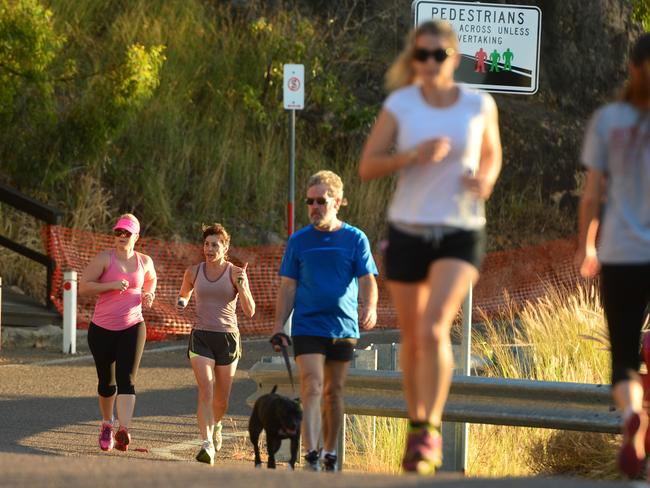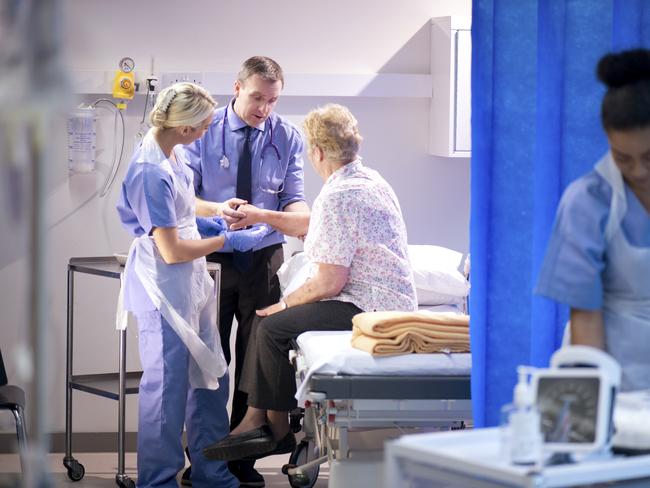Stroke survivors living inactive lives need to take more steps
EVEN small and gradual amounts of physical activity can reduce the risk of a second stroke or heart attack, yet most survivors spend most of their time inactive.
VIC News
Don't miss out on the headlines from VIC News. Followed categories will be added to My News.
EVEN small and gradual amounts of physical activity can reduce the risk of a second stroke or heart attack, yet most survivors spend most of their time being sedentary.
Heart Foundation research found most people who had a stroke were taking an average of only 4000 steps a day six months later — half that recommended to cut stroke and cardiovascular disease risk.
Neurological physiotherapist Natalie Fini, who reviewed papers at Alfred Health and La Trobe University, said some people might fear exercise could trigger another stroke, but the opposite was true.
“It is doubtful that many stroke survivors meet the guidelines, which could increase their risk of further strokes,” Ms Fini said.

HEALTH RISKS HIGH AFTER STROKE: STUDY
WOMEN’S HEALTH: UNHEALTHY HABITS DRIVING UP DISEASE AND DEMENTIA
CLOT-BUSTING DRUG TO TREAT STROKE DESTROYS FATAL BLOCKAGES
After more than a decade working in neurological physiotherapy helping people recover from illnesses like stroke, she noticed some of her patients were returning after a second stroke or required extra rehabilitation after becoming physically deconditioned.
“After stroke people have difficulty getting back to any level of physical activity and lead pretty sedentary lives,” she said.
“That’s what sparked my interest in how we can get people to be more active and give them more effective self-management strategies.”
The University of Melbourne physiotherapy lecturer reviewed 103 papers with data on more than 5000 stroke survivors.
She found almost 80 per cent of survivor’s time was being spent sedentary — laying or sitting down.

Ms Fini said there were a range of barriers to being physically active after having a stroke, including disability, stroke-related mood disorders and fatigue, but there were still small achievable steps that survivors could take.
“Even light physical activity, such as walking, gardening, standing up and doing the dishes and other activities that break up sitting can help build up physical activity levels,” she said.
It’s recommended that stroke survivors do between 20-60 minutes of aerobic activity, such as walking, three to five days a week.
Ms Fini is carrying out a long-term study that she hopes will give physiotherapists and patients a better understanding of the barriers to physical activity and help design interventions that will make it easier to exercise.
Stroke is the leading cause of disability — this year alone there will more than 56,000 new and recurrent strokes, equating to one every nine minutes.


